It’s been a few years since we last reported progress on our Jetta Mk1 Coupe, so I’ll do my best to bring you up to speed. We have a 1981 VW Jetta, that was imported from Poland. It’s the rarer Coupe version; these weren’t originally available in the UK (although a number have since been imported). It came from the factory with a 1100cc engine, but we had plans to up the power. Originally a 1.8T transplant was on the cards – but this was swapped for a SEAT TDI to help deal with driving to shows and still returning a decent fuel economy.
The build was started in house by our then resident technician, Benjamin, and the Jetta was running and driving (only around our yard) with it’s donor diesel engine, coupled to the six speed box, but plans were in place to send it somewhere for the ‘finishing touches’.. in fact the body had received no attention up until now.
You maybe aware of Mark at Flatlands Engineering and his beautiful Buggy builds – The Jeans Buggy, and the Marathon Buggy, for example, have both scooped awards and helped to change the way we look upon custom VW projects. He’s also worked his magic on Volksrods and custom bikes too. Credit to Volksworld Magazine for the images.
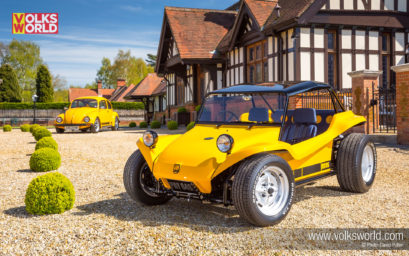
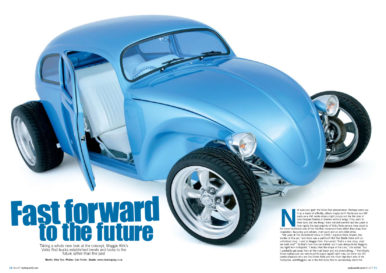
We got on the phone to Daniel at Precious Metal transport; he’s our go to guy for vehicle logistics, and we trust him 100%. He came down and collected the coupe and whisked it up to King’s Lynn, where Mark’s workshop is.
We’ve been pretty quiet about the direction of the project since we steered away from producing a Jetta Berg Cup racer. Stylistically there are some custom touches in store, that dare we say it, have never been done before. We’ll drop some teasers as work gets proeprly underway. With the Jetta comfortable in its ‘new home’ Barney and I jumped in the car and went to chat the project over with Mark first hand; fortunately he liked our ideas too, so it’s game on!
After a day or so chipping away Polish spec underseal from the inner wheel arch the decision was taken to have the whole vehicle dipped; what it would cost for the process, would be saved in time and efforts, and it really would reveal what we were working with.
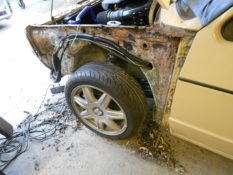
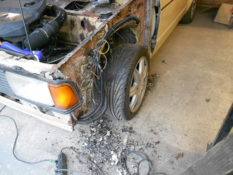
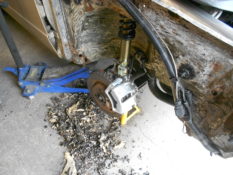
With fingers crossed the empty bodyshell was sent to Enviro-Strip in Tamworth for them to get it back to bare metal. Fortunately for us, some of it came back! What we thought was a pretty solid example however had a few wounds it had been hiding; and an express panel order was required to get the project back on track- pretty handy we have a warehouse full of Mk1 Golf parts then.
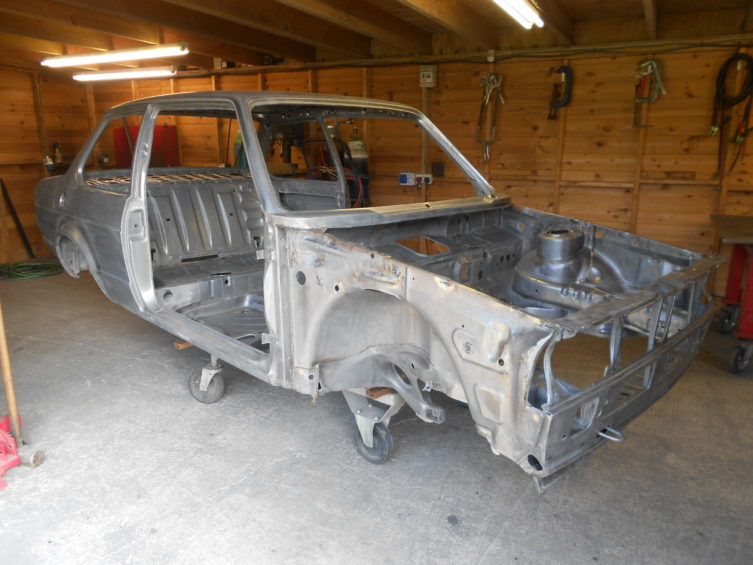
Discussing with Mark how far we want him to go with the restoration was an important thing to do, and something we would encourage others do before commisioning this kind of work. It’s all well and good asking for a perfect reconstruction, but have you got a never ending bank account to fund it? Likewise, a quick smarten up will cost you a lot less, but don’t go running to Citizens Advice’ when a rust bubble appears in 3 years time, as that’s what you asked for!
We have decided upon a decent level of finish, with minimal filler work if it can be avoided. We don’t have the budget or time to have something 100% perfect, plus this car will get used properly so we can’t promise it’ll stay that way!
Floorpan halves were the first to be tackled. The Klokkerholm panels we offer are functional, but they are reproduction quality so our aim was to keep as much of the original metal as we could. You can see below one of the previous repairs on the underside of the floorpanel; fortunatley this has now been replaced with fresh metal.
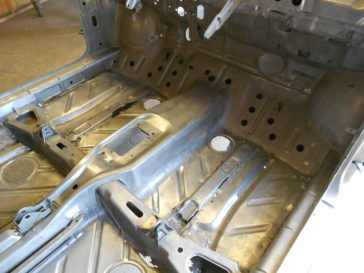
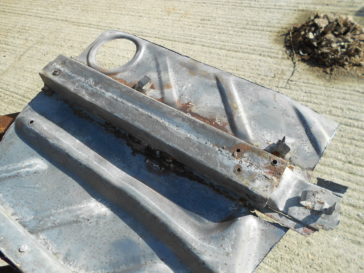
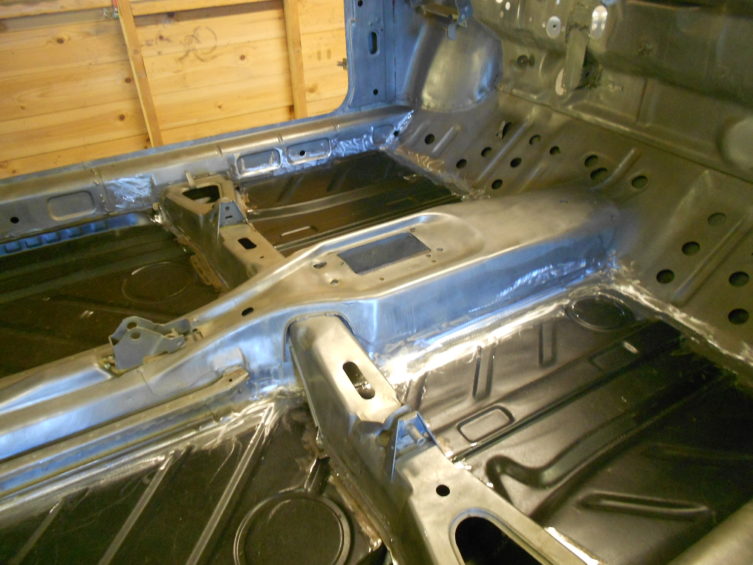
Along with our floorpans the inner sills also required attention. As these aren’t available, localised repairs were put in place along the length of the sill to help restore some structural integrity. They were treated to a coating of red oxide before the outer sills are installed and the lower section of one side is done.
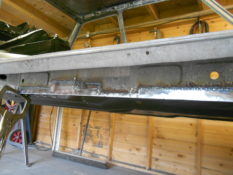
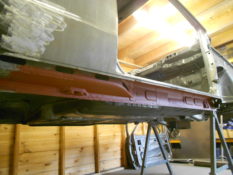
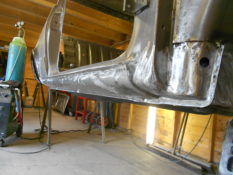
Next job will be the rear wheel arch tubs. We’ll keep you posted!
Andy
The opinions expressed here are the personal opinions of the author and do not necessarily represent the views and opinions of VW Heritage

